Opus Vacay
Yeah, we know. Italy’s been done to death. But now that it’s cooling down (Ha!) a hidden northeastern corner is a great place for a walk.
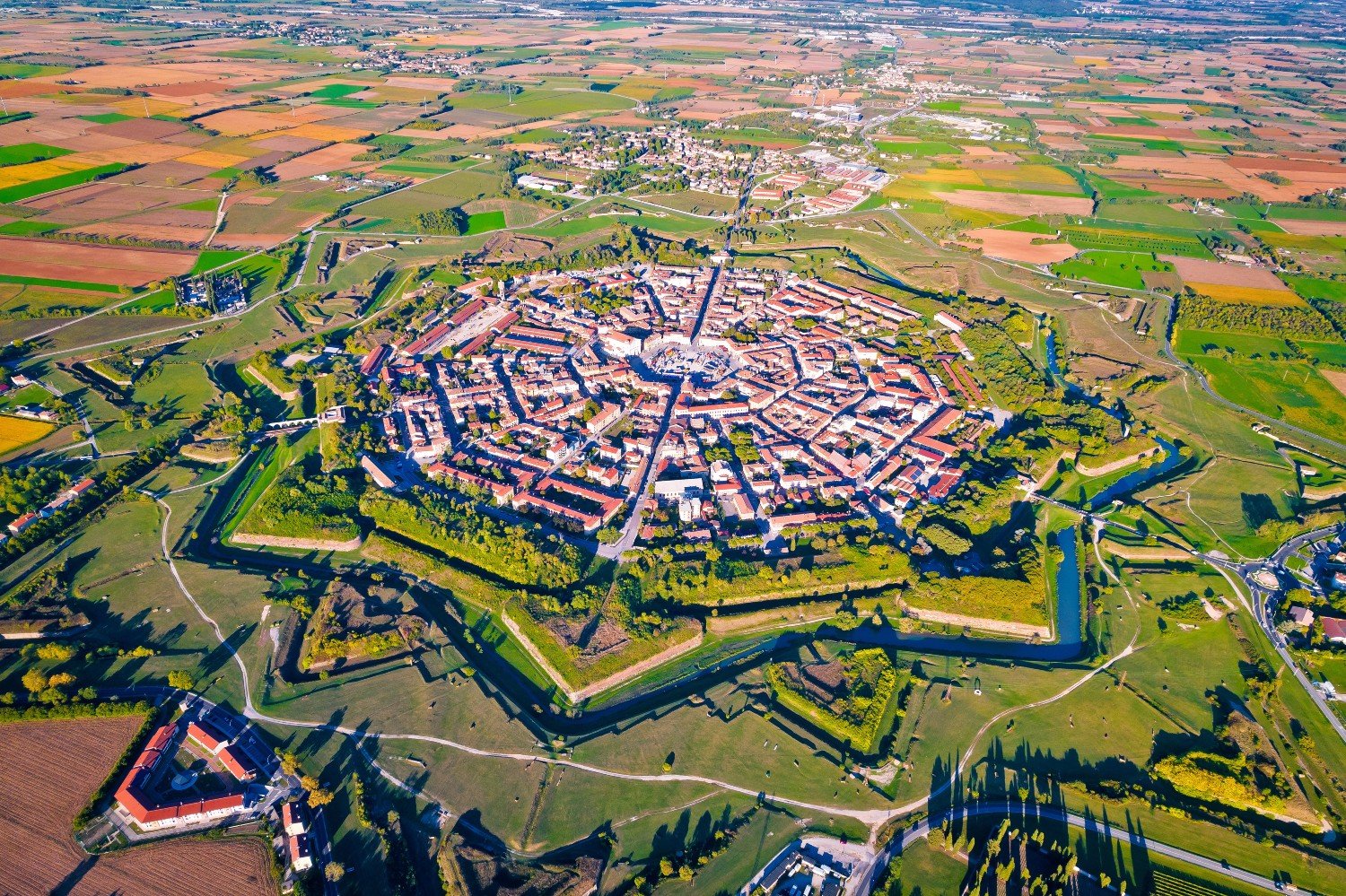
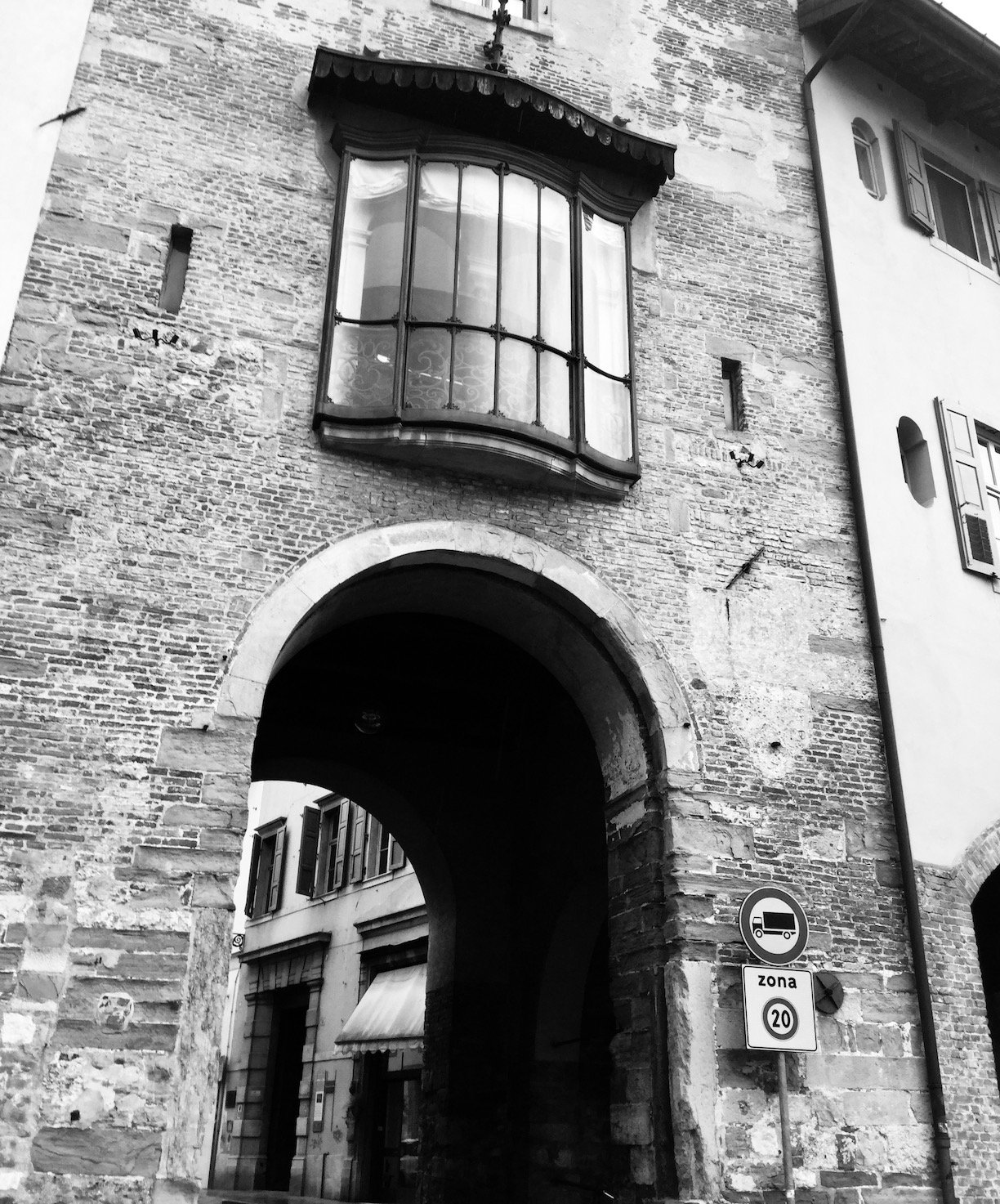
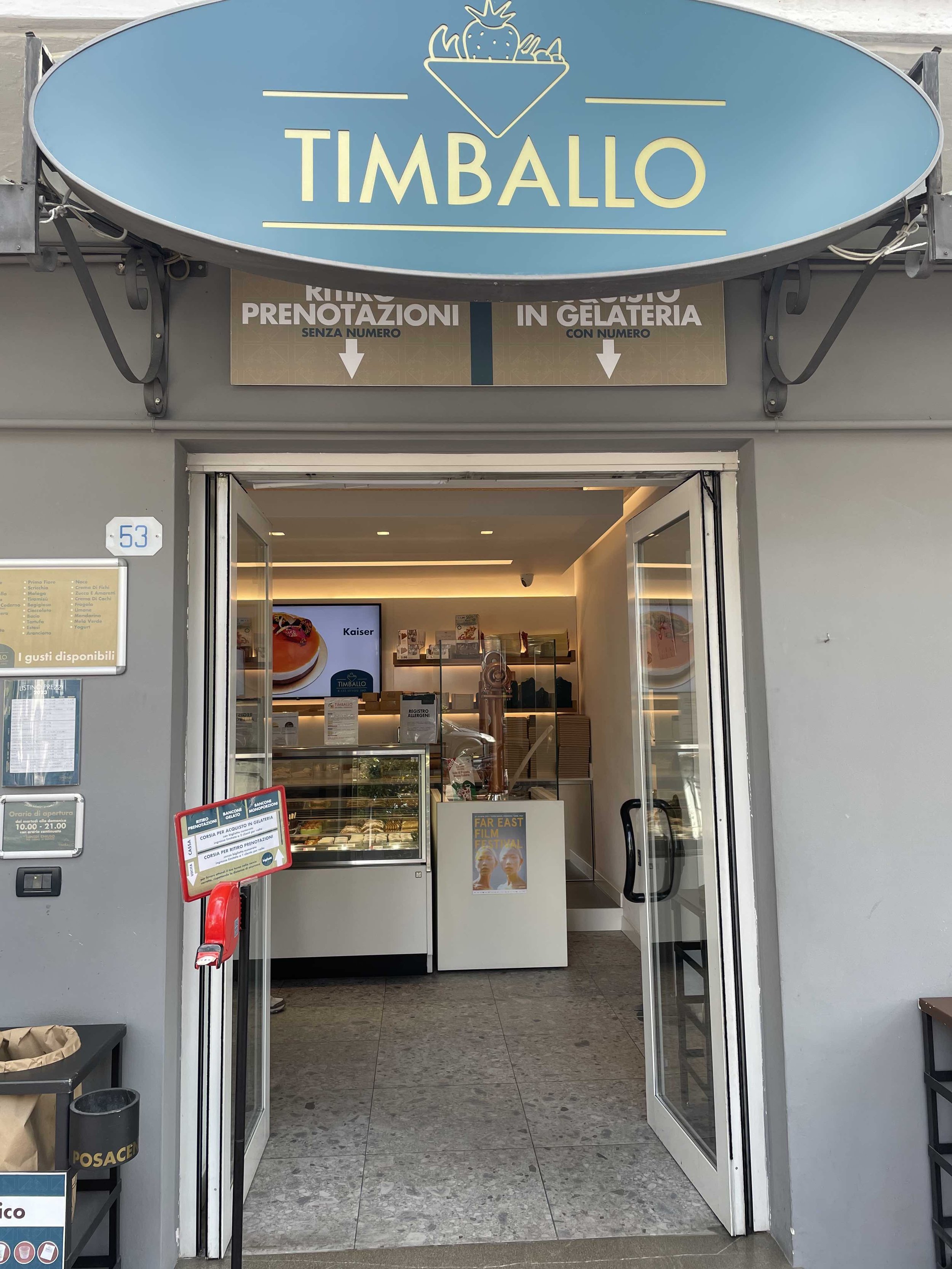
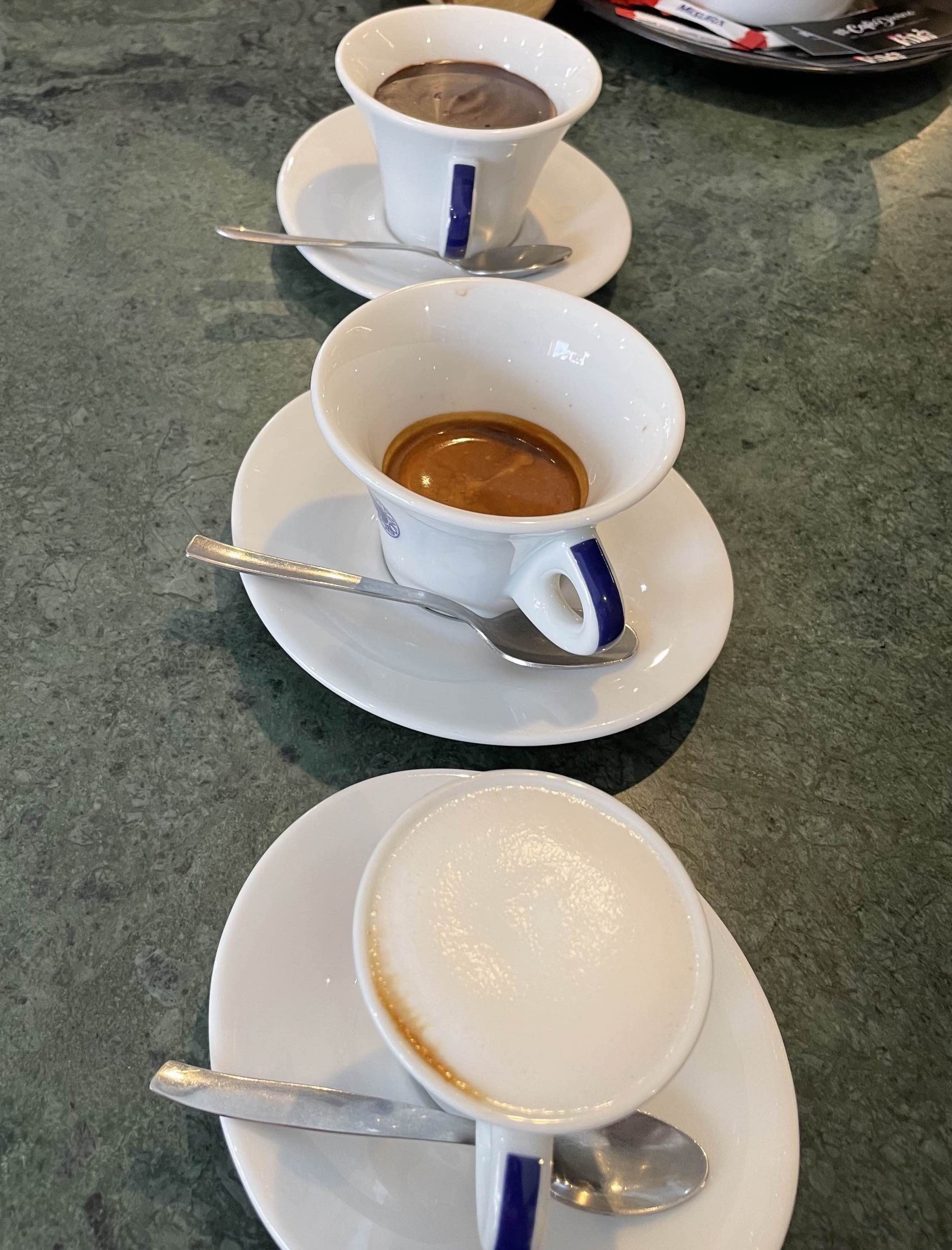
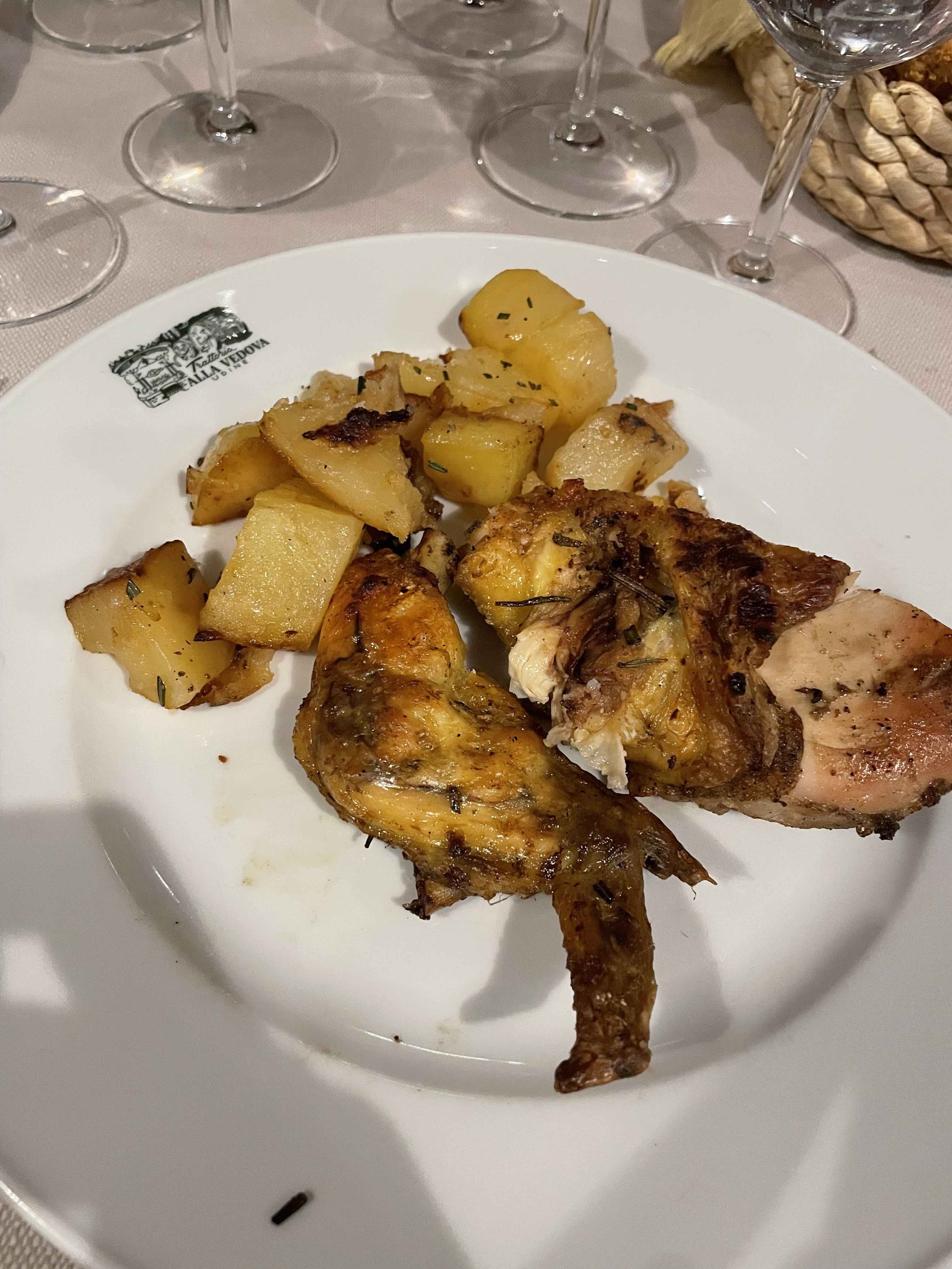
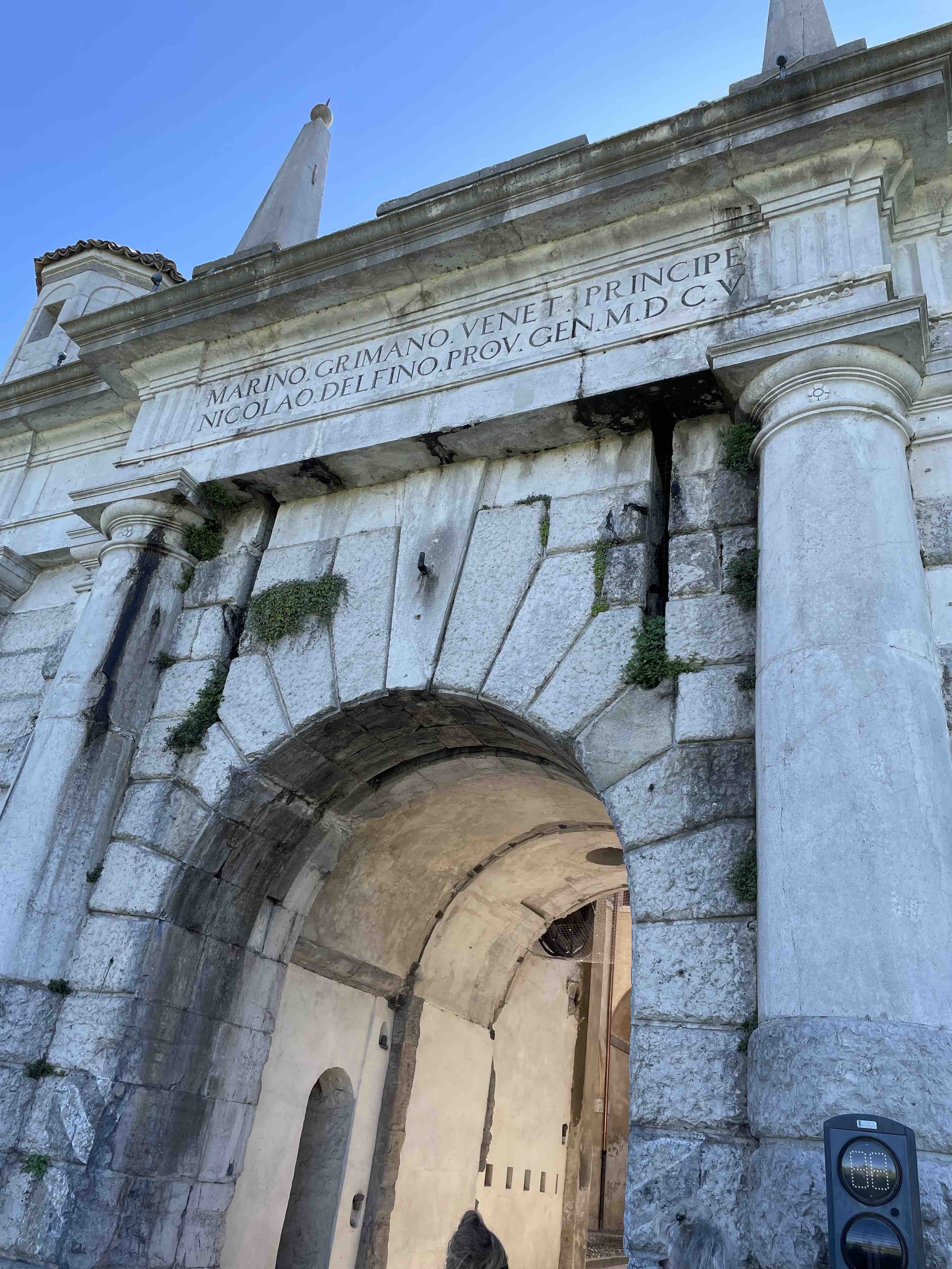

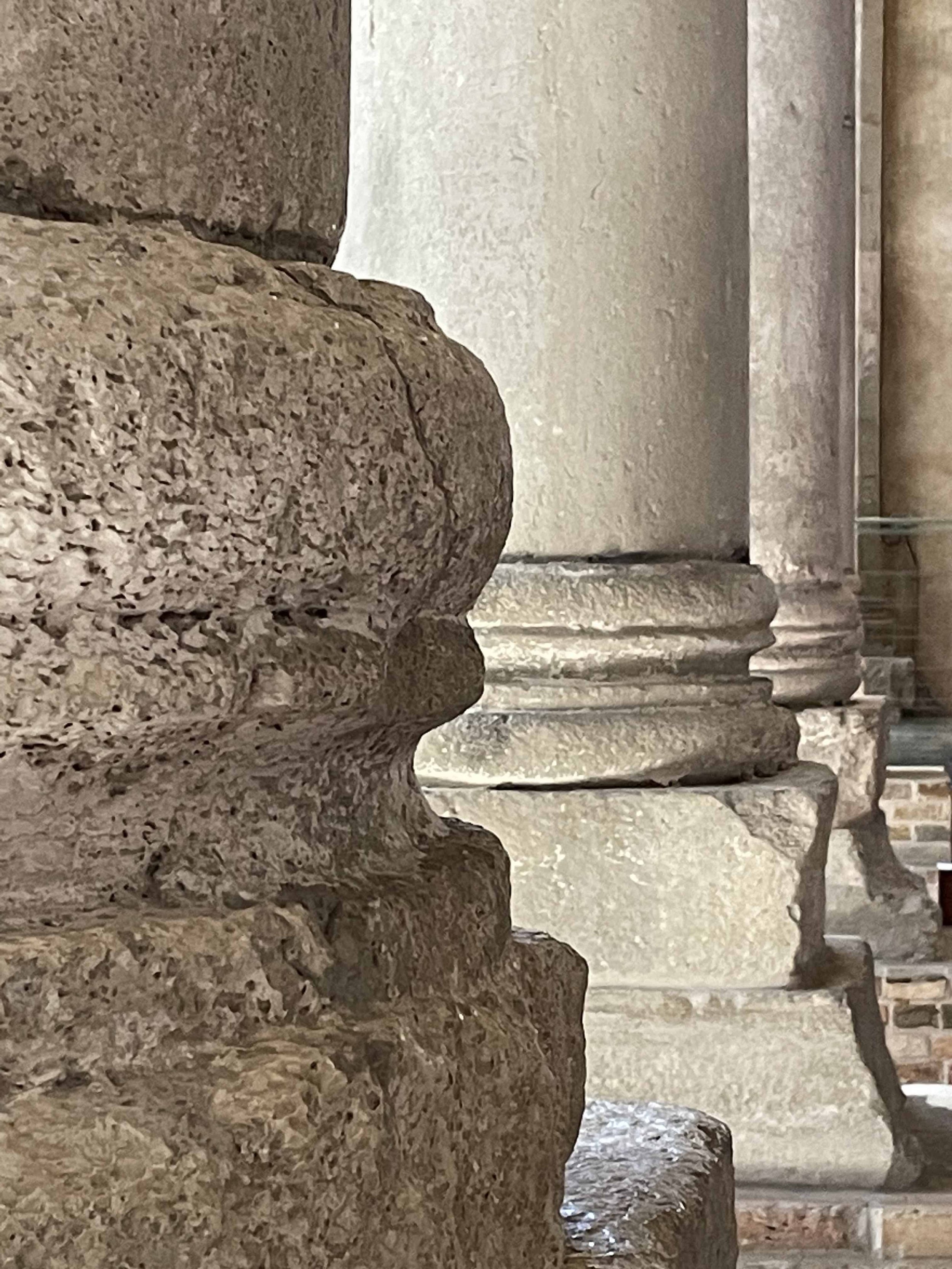
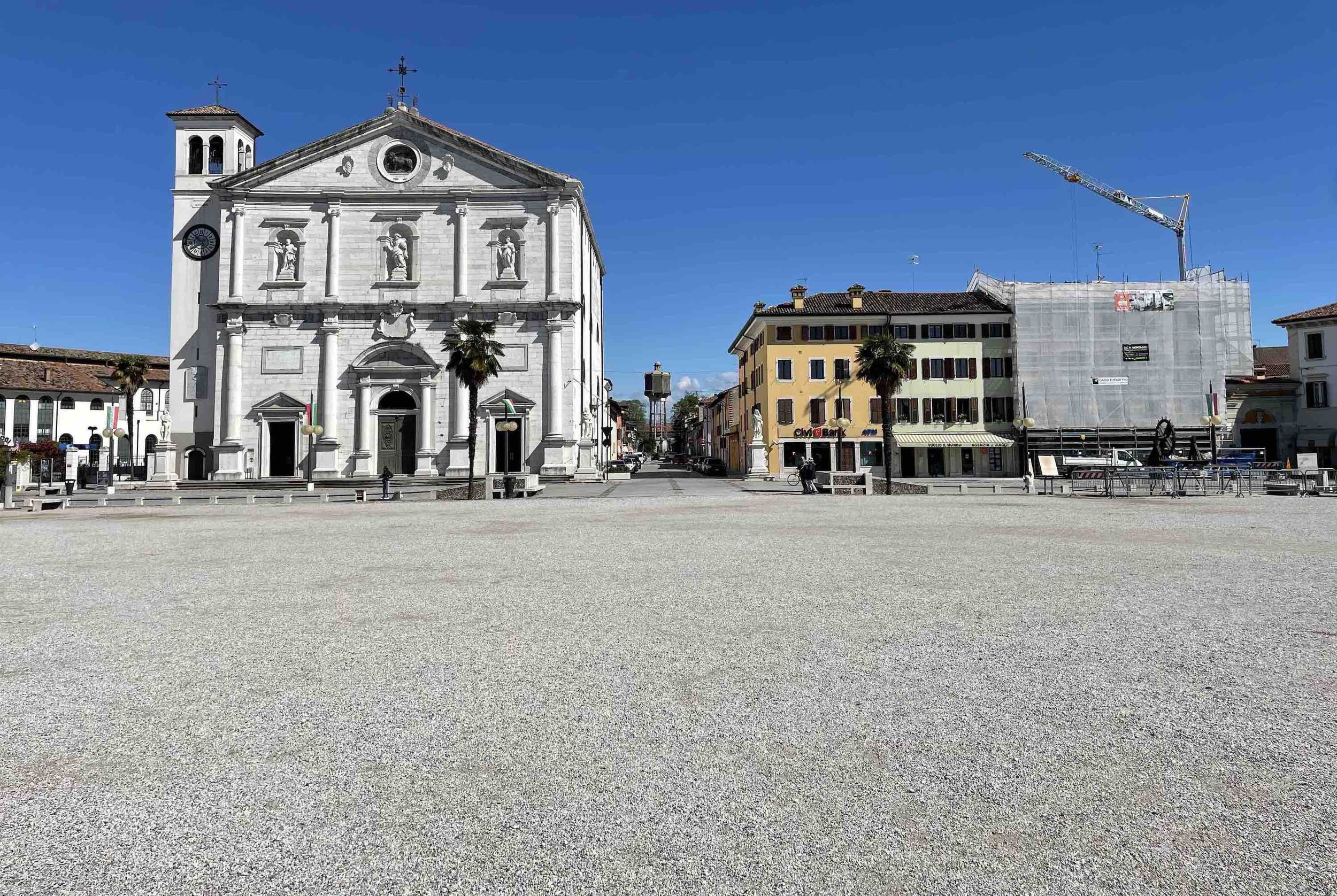
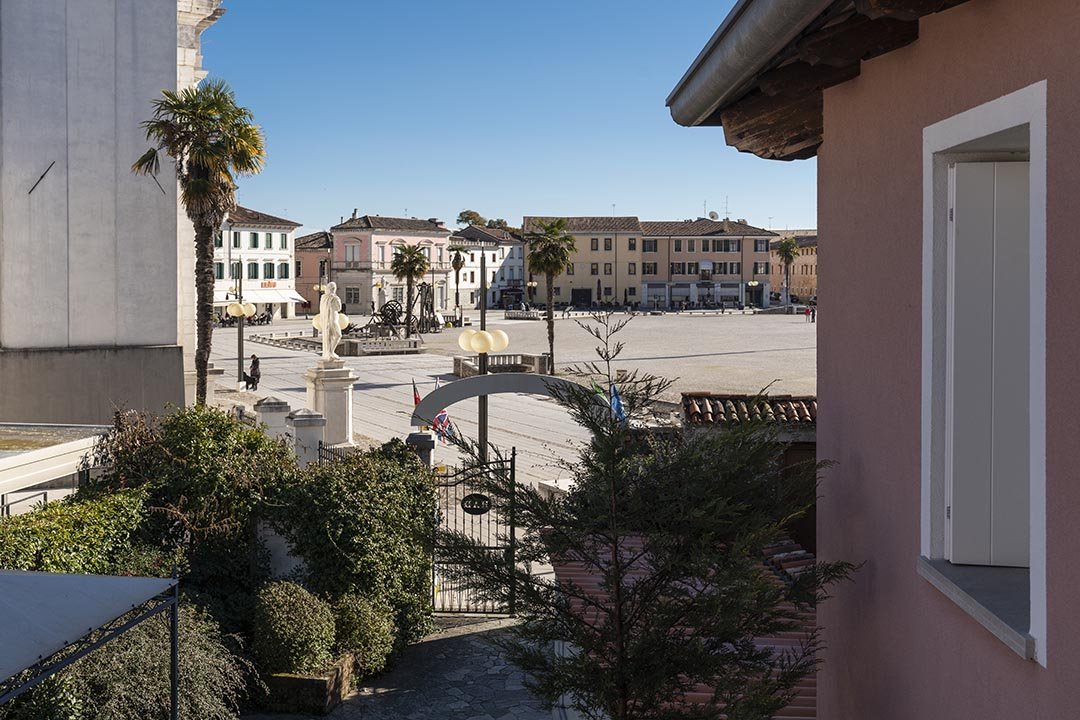
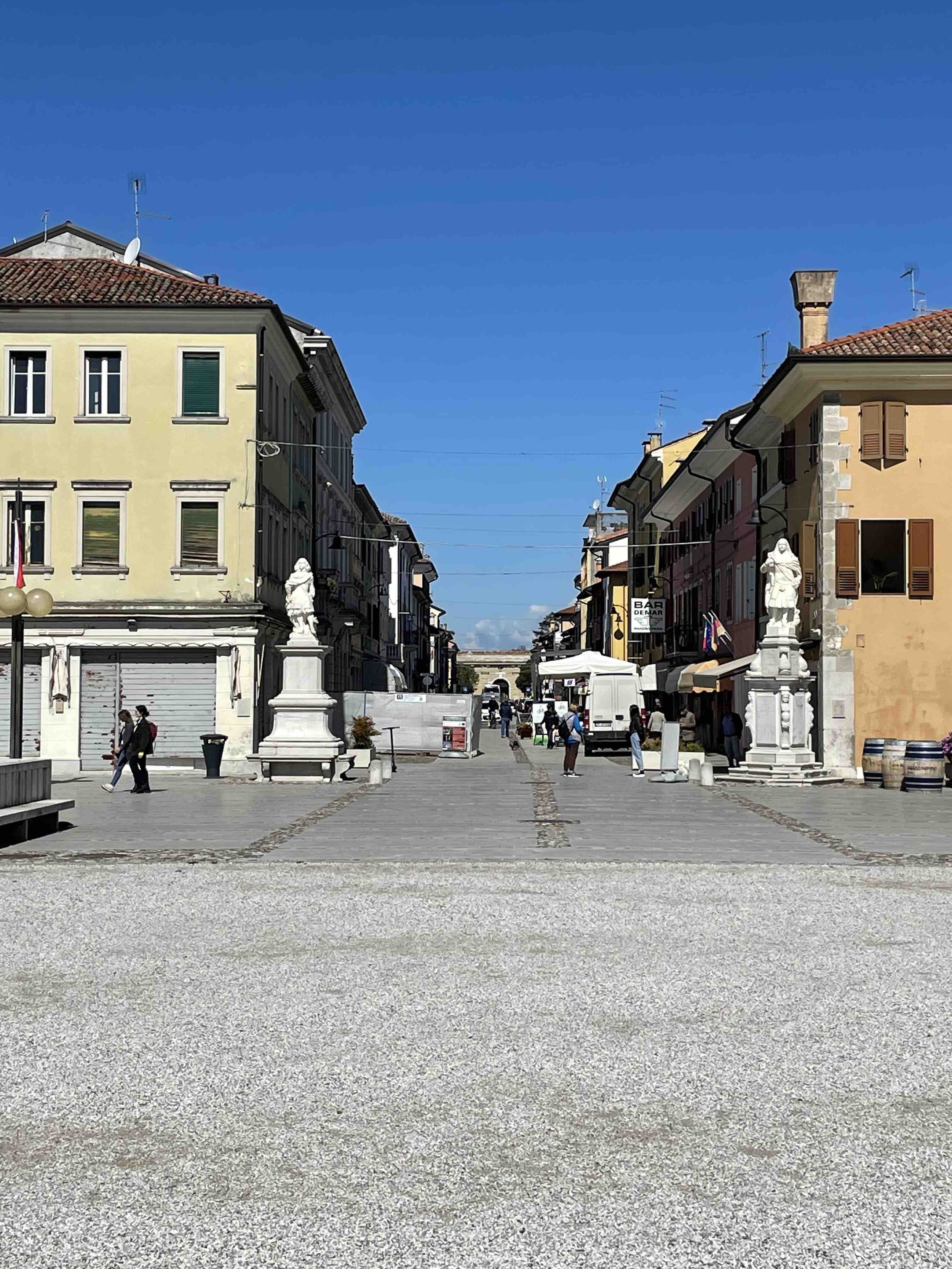
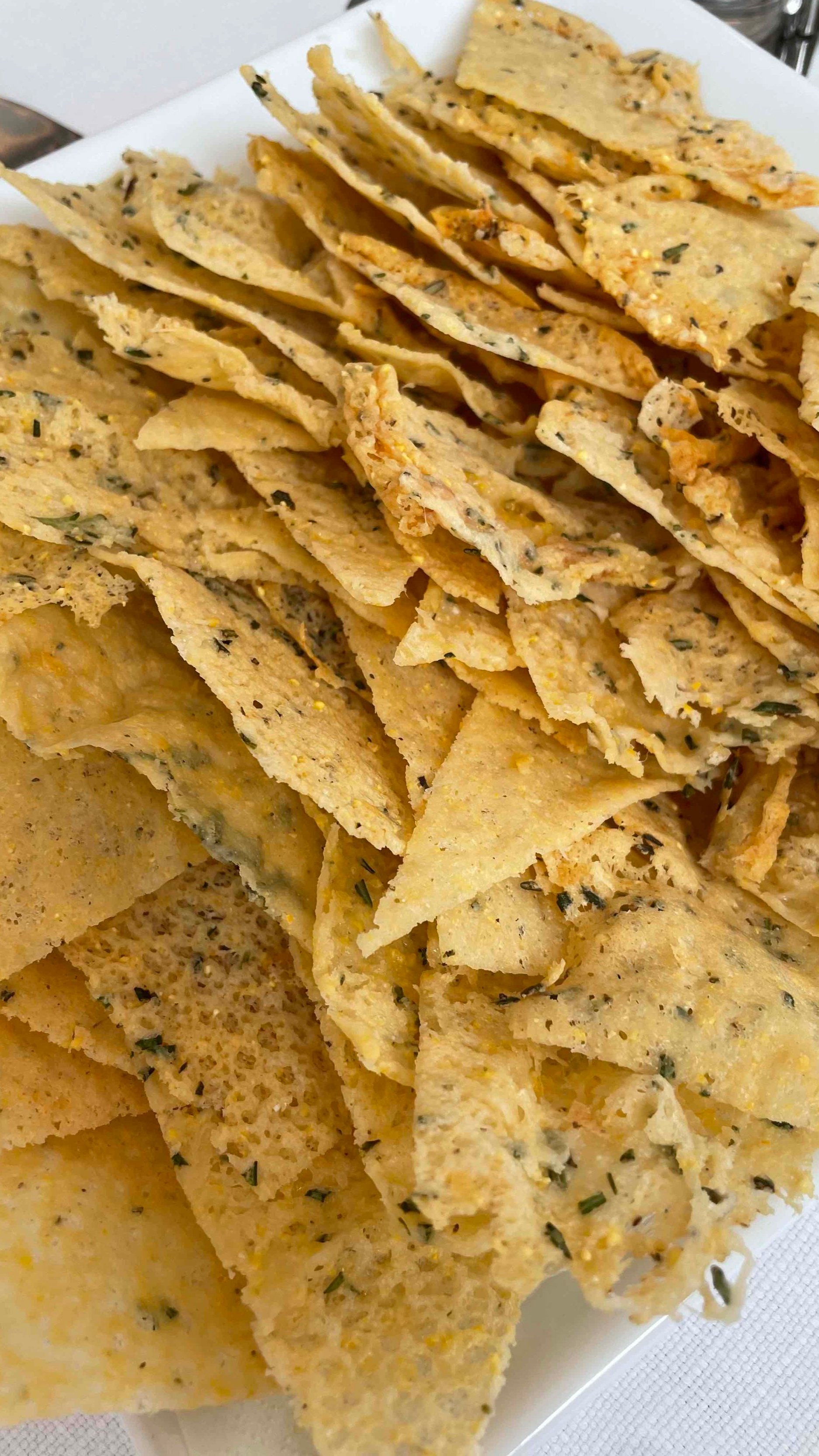
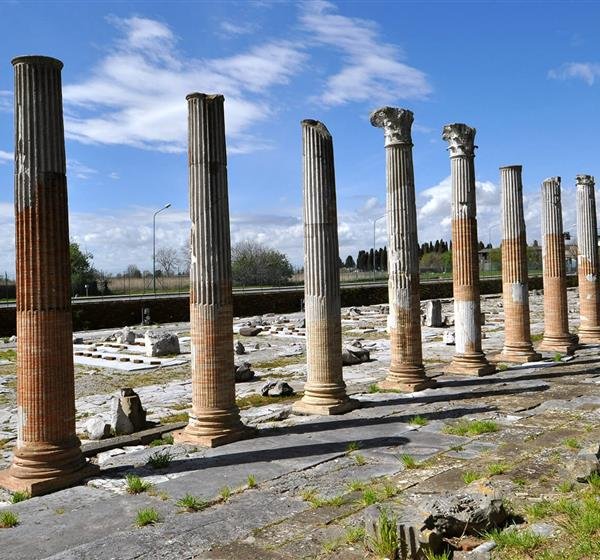
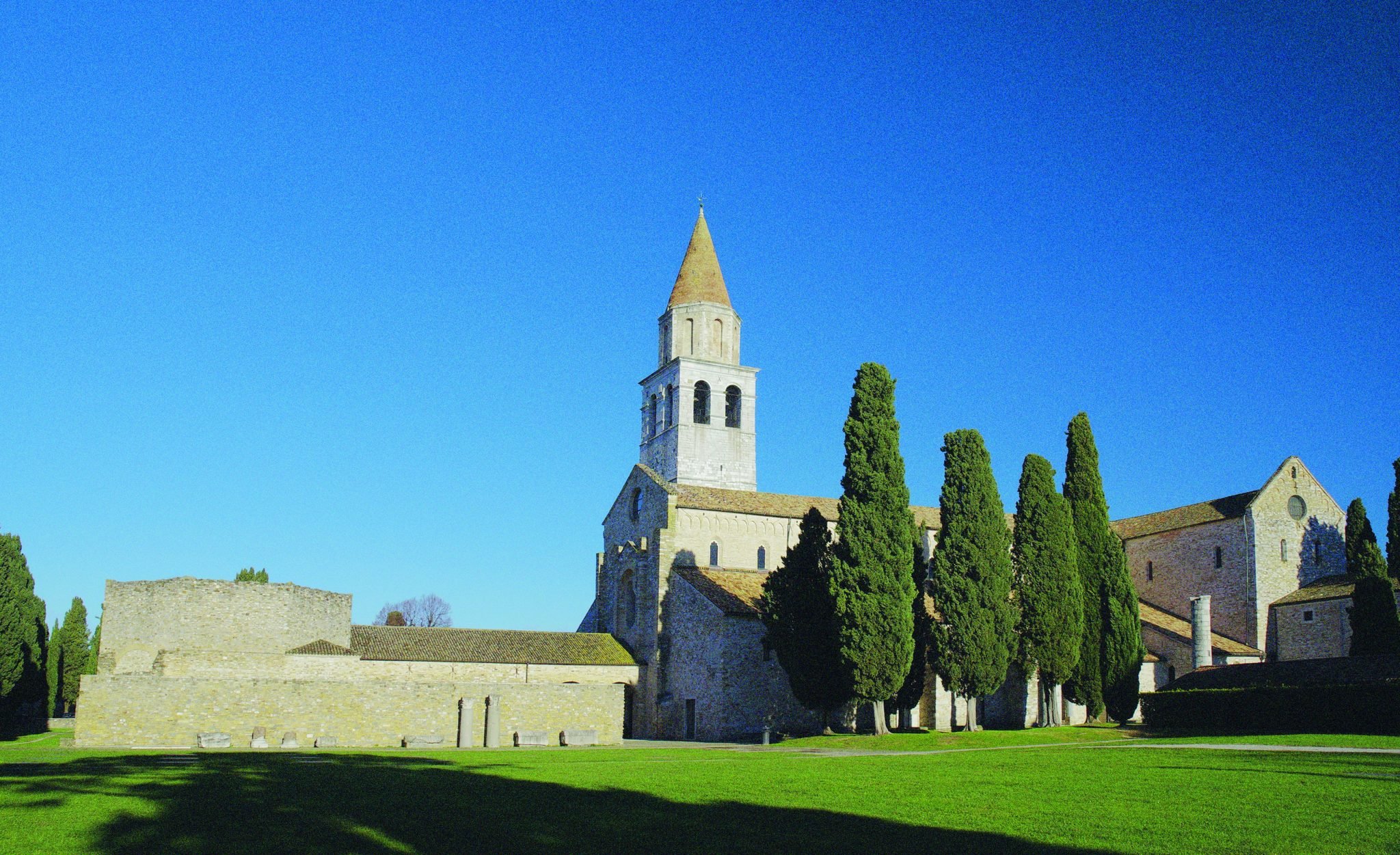
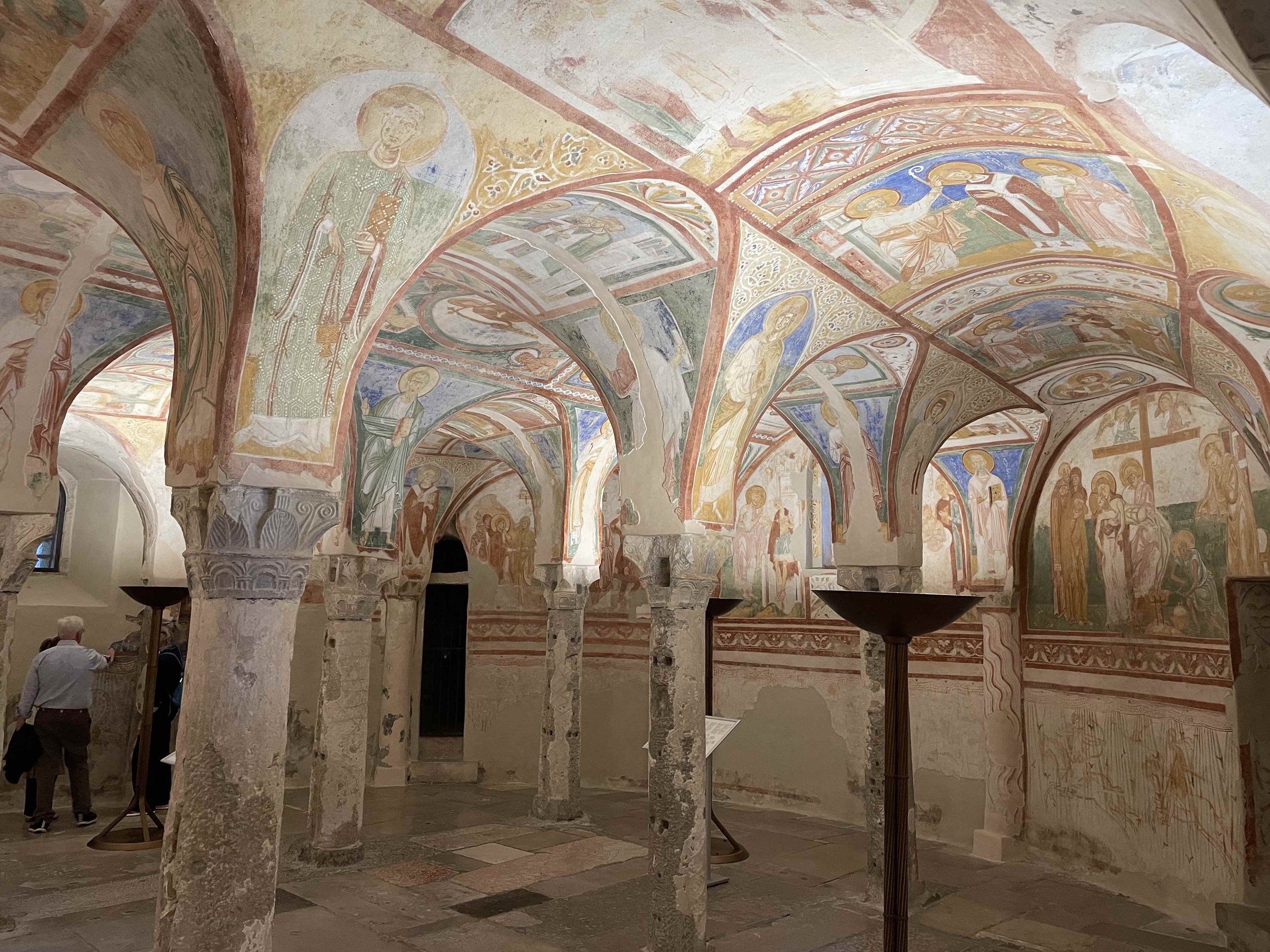
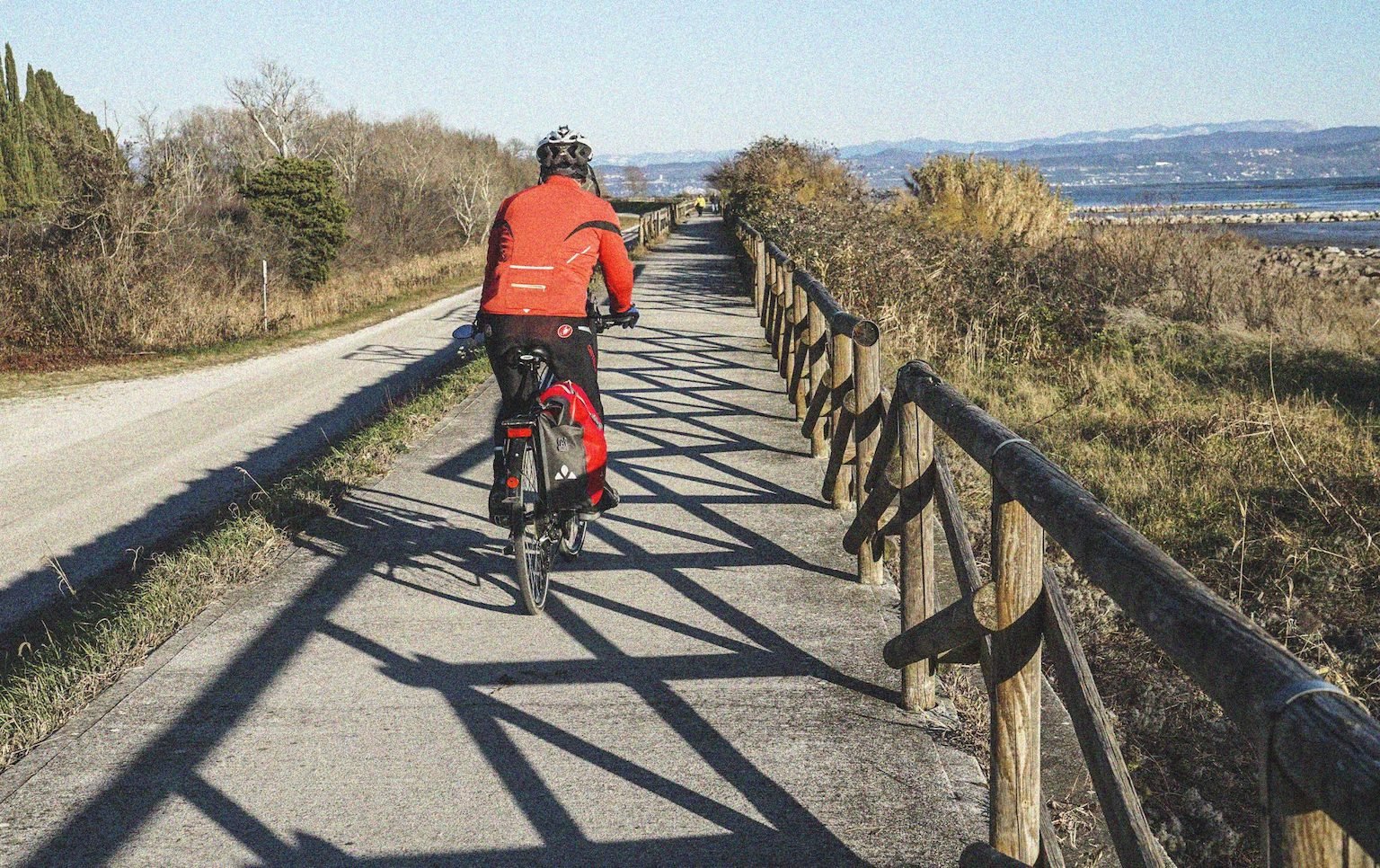

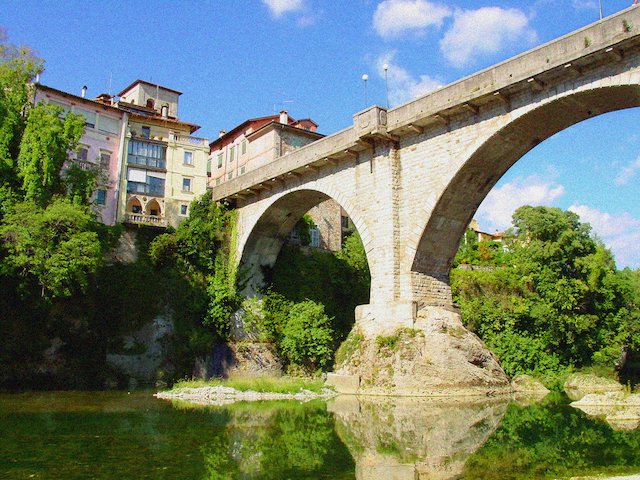
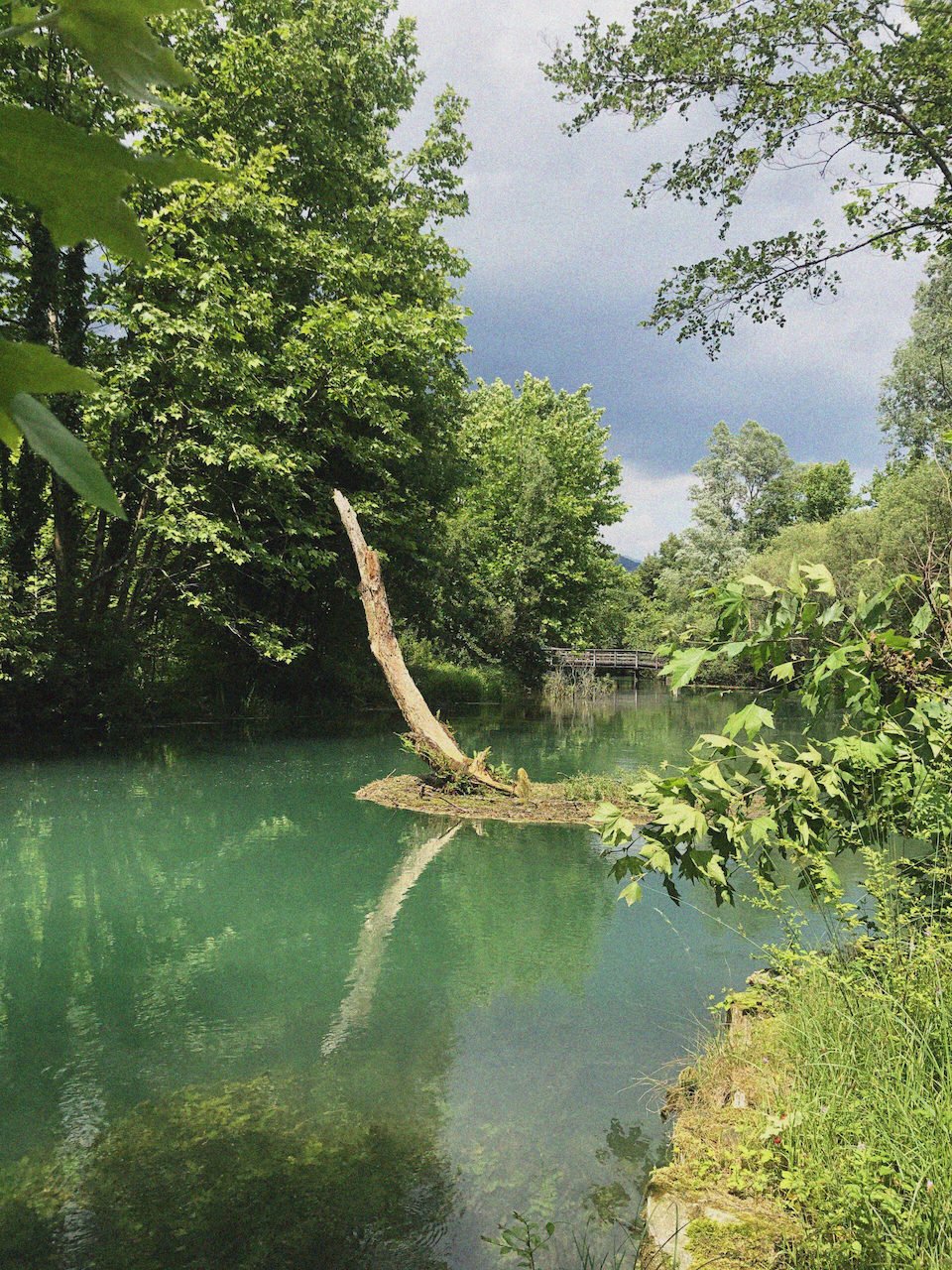
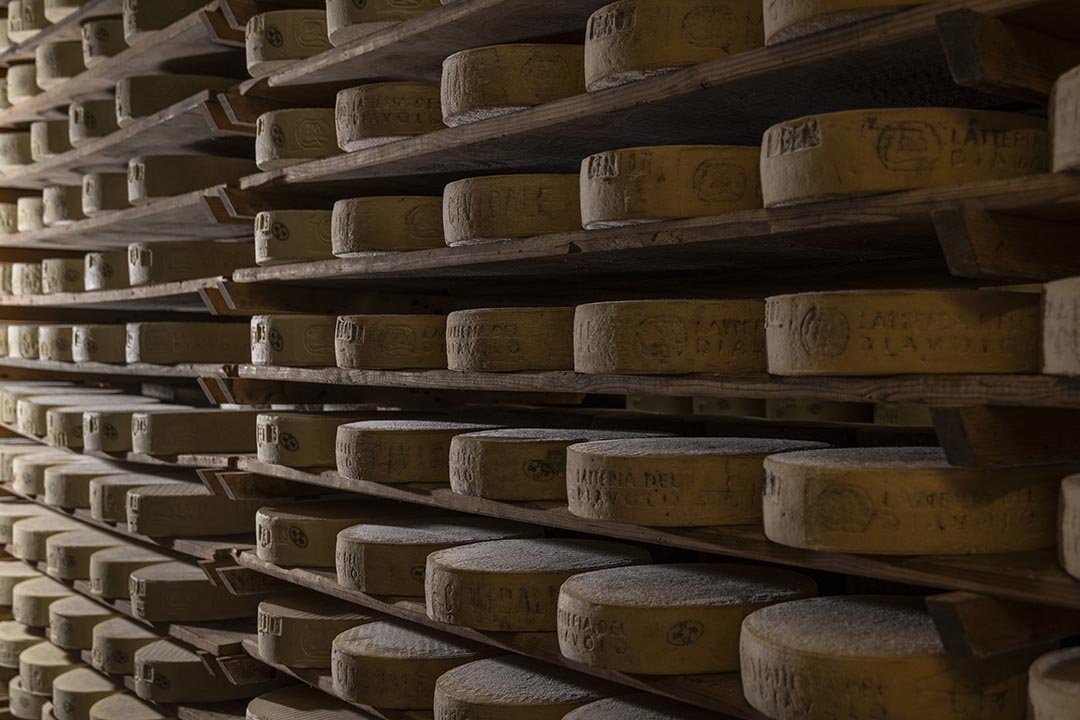

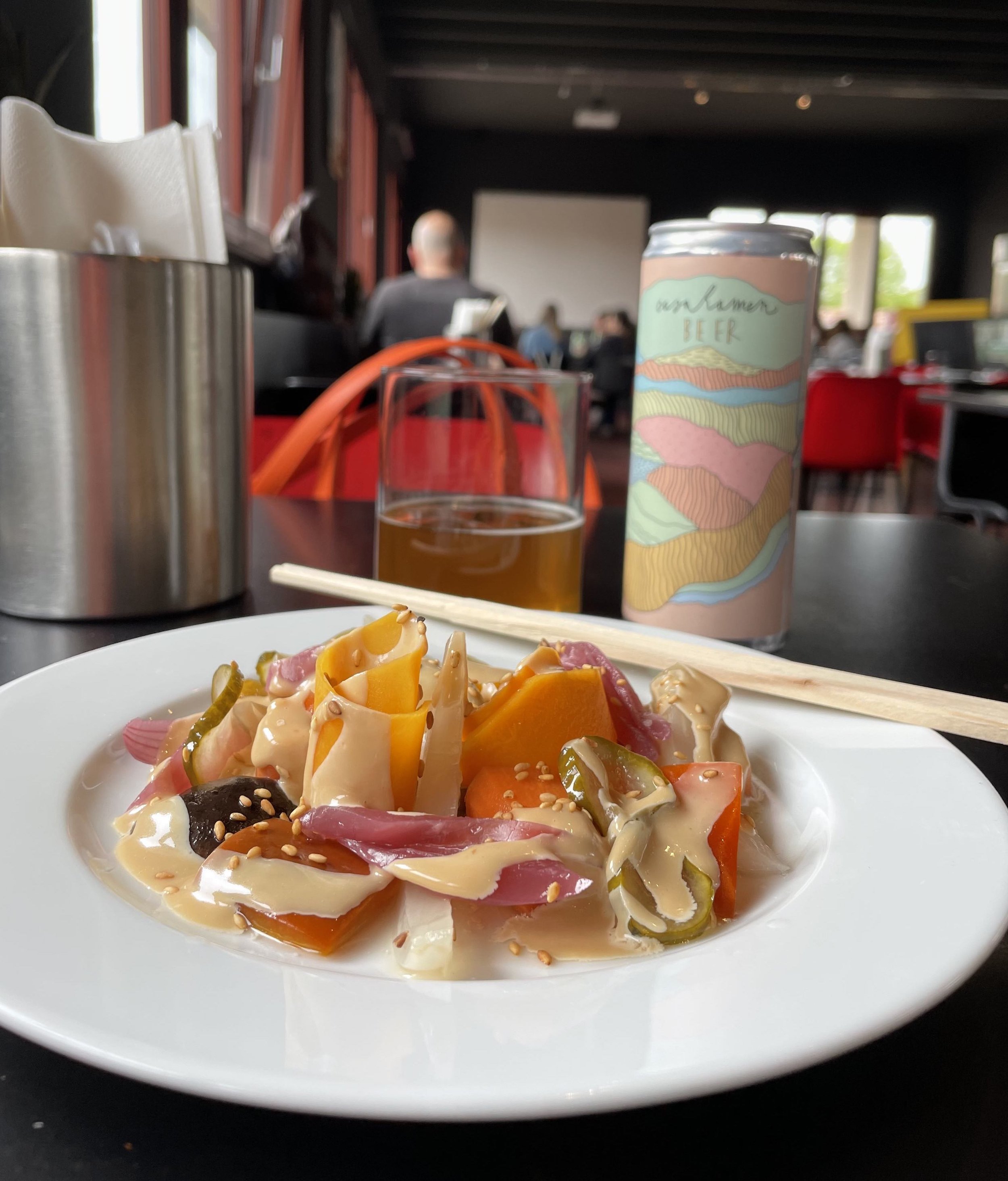
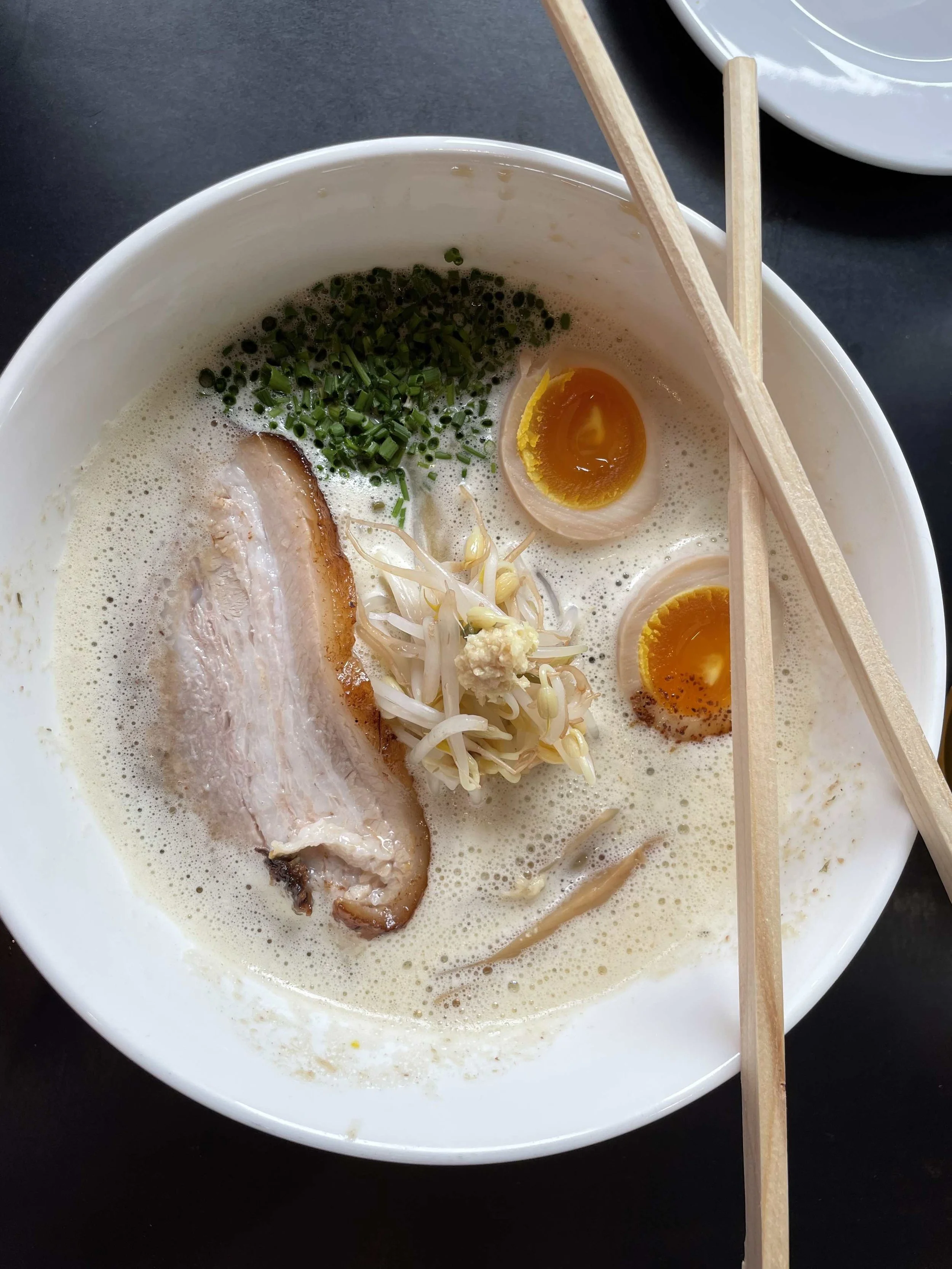
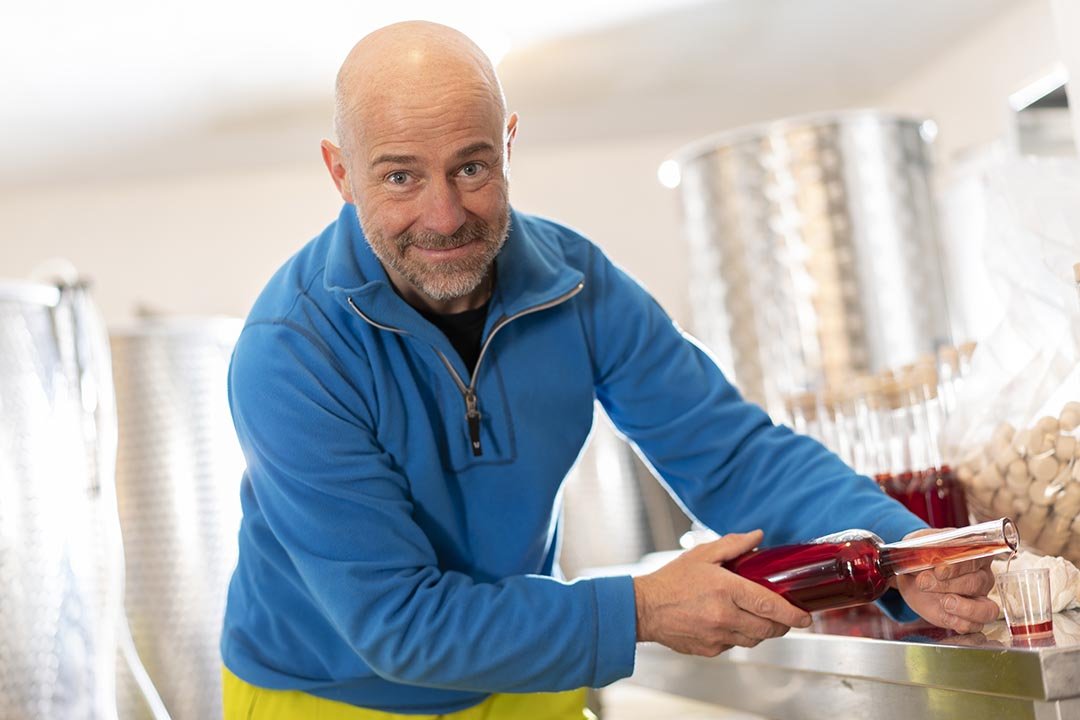
Italy’s a small country; a wee thing famously shaped like a boot, dangling in the middle of the Mediterranean. The glories of Florence, Rome and Milan are well documented, but the more off-the-beaten-path towns and villages of the country’s regions beyond Tuscany, Lazio and Lombardy arguably pack a bigger bang for the buck. Take, oh, say, Friuli Venezia Giulia as an example.
Tucked in Italy’s northeastern corner on the border with Slovenia and Austria, FVG was, in fact, once part of Slovenia. And part of the Venetian Republic. And the Austrian Empire. Now it’s one of Italy’s five autonomous regions, with a unique dialect (don’t worry, everyone speaks standard Italian, and tons speak English), singular foods (make sure to mule back some San Daniele del Friuli proscuitto, which costs a fortune here in Hong Kong, and either some Montasio cheese or pre-made frico to fry up at home) and wines (Ribolla Gialla, Refosco), and a lengthy living history that the region is tapping to give itself a post-COVID shot in the arm. It’s relatively new Opus Loci project exploits the scads of UNESCO sites in and around Aquileia, Cividale, Palmanova, Palù di Livenza and Forni di Sopra (both on the “far” west side of Pordenone-Udine), and points visitors towards local businesses for a true taste of FVG. That sounds like a no-brainer, but go ahead and ask anyone in Venice what kind of “boon” cruise ships have been for that city. We’ll wait.
The thing about Opus Loci is that, sure, you can take the advice of the FVG council or look for the sticker in windows for peace of mind, but the kind of homegrown, family-owned, traditional eateries, artists and hospitality the programme promotes are literally everywhere. FVG is a low-key, old-school, artisanal district; the Opus Loci network is a good place to start, but you’re going to stumble on way more just by wandering the towns’ streets.
But where to begin? There is more history packed into the area and these five little towns than we can cover here (because, duh, Italy), but the not knowing is half the fun – and a perfectly good reason for a slow hiking/biking trek insted of a whirlwind. Most visitors will start in the city of Udine itself, the region’s second biggest after Trieste, with a population roughly the same as Wan Chai’s. Yeah. It’s pretty chill. The city has a history dating to the 10th century, ruled by feudal lords and outside kingdoms until 1945. It’s anchored by the mostly central Piazza della Libertà, at the foot of Udine Castle, and a few days roaming the streets and seeing the sights is easy. Hit the Castle, the 13th century Duomo di Udine, the Museum of Modern and Contemporary Art in Casa Cavazzini while you get your bearings and make plans. Hotels are reasonably priced (Ambassador Palace, Astoria, and Clocchiatti Next are good bets, the last of which is down the street from one of Italy’s best gelateria, Timballo) and most are walking distance from where you want to be. While there, make Neapolitan-style Cafe Divino a regular stop for a €1 caffè that will put hair on your chest. They’ll serve you cappuccino (€1.40) after noon if you ask nicely, they just won’t be happy about it. Grab the inoffensive, rich, artery-clogging hot chocolate for €2.80 instead; the spoon will stand straight up. If you’re feeling homesick, Casaramen inside the Visionario cinema has excellent ramen (€14, roughly HK$115) and delicious pickles (€5).
But you really need to get out of Udine. The Opus Loci folks have some recommended itineraries for biking and hiking, ranging from nine to 95 kilometres, and five to 10 kilometres (for hikes). For more adventurous, possibly fitter travellers, hit PromoTurismoFVG for details on much, much more ambitious routes that can send you all the way to Salzburg, spanning 415 kilometres.
From Udine the closest stop is Palmanova, roughly 20 kilometres away, whose main piazza must be seen to be believed. Founded in the 16th century as a defence against Ottoman invasion, the nine-pointed city is a stunning example of Venetian military architecture. At the centre of the perfectly symmetrical star is the hexagonal Piazza Grande, big enough to hold a 20,000-man garrison should the Turks arrive. Pictures don’t do the massive square justice; you have to stand on it. Stay at the Hotel Ai Dogi right on the square and do your exploring from there. Palmanova is surrounded by ramparts that lead to major gates welcoming you to the city, best arrived via the Alpe Adria Cycle Route. A walking tour starts at the piazza, and passes historic ruins and artists’ workshops, while the bike route takes you beyond the city gates to old churches loaded up with frescoes, remnants of the mills that powered the area and historic villages like Clauiano. But make sure you’re in Palmanova on a Monday: market day.
Another 20 kilometres past Palmanova is Aquileia, the oldest UNESCO site in FVG, and practically a playground for archaeology and art history buffs. Okay, stay off the ruins, but you get the idea. Once a Roman colony dating to 181BCE, a forum, basilica, and ancient burial grounds have been excavated in Aquileia, and now the 11th century, Romanesque Basilica di Santa Maria Assunta, on the Via Sacra and looming over the Piazza del Capitolo, is the ideal go point for exploration by both foot and bike. A 55-kilometre bike route crosses over waterways and passes through forests, following a route once travelled by foreign dignitaries. The Basilica’s crypts are dotted with frescoes illustrating the rise of Christianity in Aquileia, and the mosaic tiled floor leading to the nave rivals any found in other parts of Italy. When all is said and done, Aquileia is also an ideal spot for sampling distinct Friulan food, and the family-owned and operated La Colombara will do the trick. If you’re lucky, they’ll serve you what’s best described as Montasio chips. They look like nachos, but are made from the rinds of Montasio (remember, frico), they’re 100% cheese and the are probably the most delicious thing you’ll eat that day. It’s a good thing they break easily and don’t travel so well. No one wants a riot in the house when you run out.
Cividale, the former capital of the Lombard Kingdom, was subjected to the rulers and conquests that connects all the cities in the area. And like those cities it has its singular history, including what some consider one of the earliest uses of cannons in modern warfare. Cividale is straight up beautiful – it’s surrounded by streams, and forest and hills – an so it’s one of the more artistic stops in the region for both traditional crafts and modern, emerging design products (check out the female-forward MADA Lab). After coffee or lunch on the picture-perfect Piazza Paolo Diacono, backtrack a bit for a tour and a walk across the 15th century stone Devil’s Bridge in the middle of town. If you opt for the 95-kilometre cycle trek you’ll get out into a countryside rife with wineries making the dominant Friulano and Picolit wines (for those with a sweet tooth). This is the Colli Orientali del Friuli region and back in town there are plenty of bakers, latteria and salumeria to pick up snacks to go with your wine.
We didn’t get to farther flung spots – the prehistoric Palù di Livenza and Forni di Sopra, in the foothills of the Dolomites. It’s indeed possible to get to them by bike, starting southeast of Udine (Gorizia), but you can take the train, bus, or drive. Going north will put you in the mountains and spitting distance from a pile of national parks, reserves and lakes. And for the record, FVG isn’t all dusty catacombs, frescoes and aqueducts. The International Museum of Comic Art in Cividale (in a 19th century Venetian-style villa) is exactly what it sounds like and is a must-stop for anyone interested in modern art, cinema, drawing, painting, anime, animation… you name it. Past exhibitions have spotlighted Giorgio Cavazzano, Moebius, Milton Caniff, Juanjo Guarnido, and Will Eisner. Depending on when you go (autumn and spring are ideal weather-wise, though April and May can be wet), the very contemporary Far East Film Festival may show a lot of films from home you’ve seen, but its satellite events – food, art and kids’ workshops, concerts, markets and the signature kick-ass cosplay contest – are scattered all over the city and don’t require movie tickets.
Opus Loci
Where: Udine-Aquileia-Palmanova-Cividale-Palù-Forni di Sopra, Friuli Venezia Giulia, Italy
Gettomg there: Closest airports: Trieste, Venice; Trains from major Italian stations; hire a car well in advance.
Hours: 24/7, 365
Details: Opus Loci, Camera di Commercio Pordenone-Udine, opusloci.it. The main piazzas will have tourist info points with hiking and biking details, as well as bike rentals.
